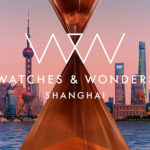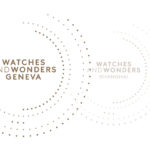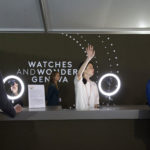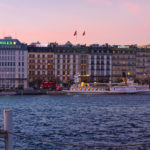On Scene: Watches & Wonders Shanghai
A success, and next stop: Sanya.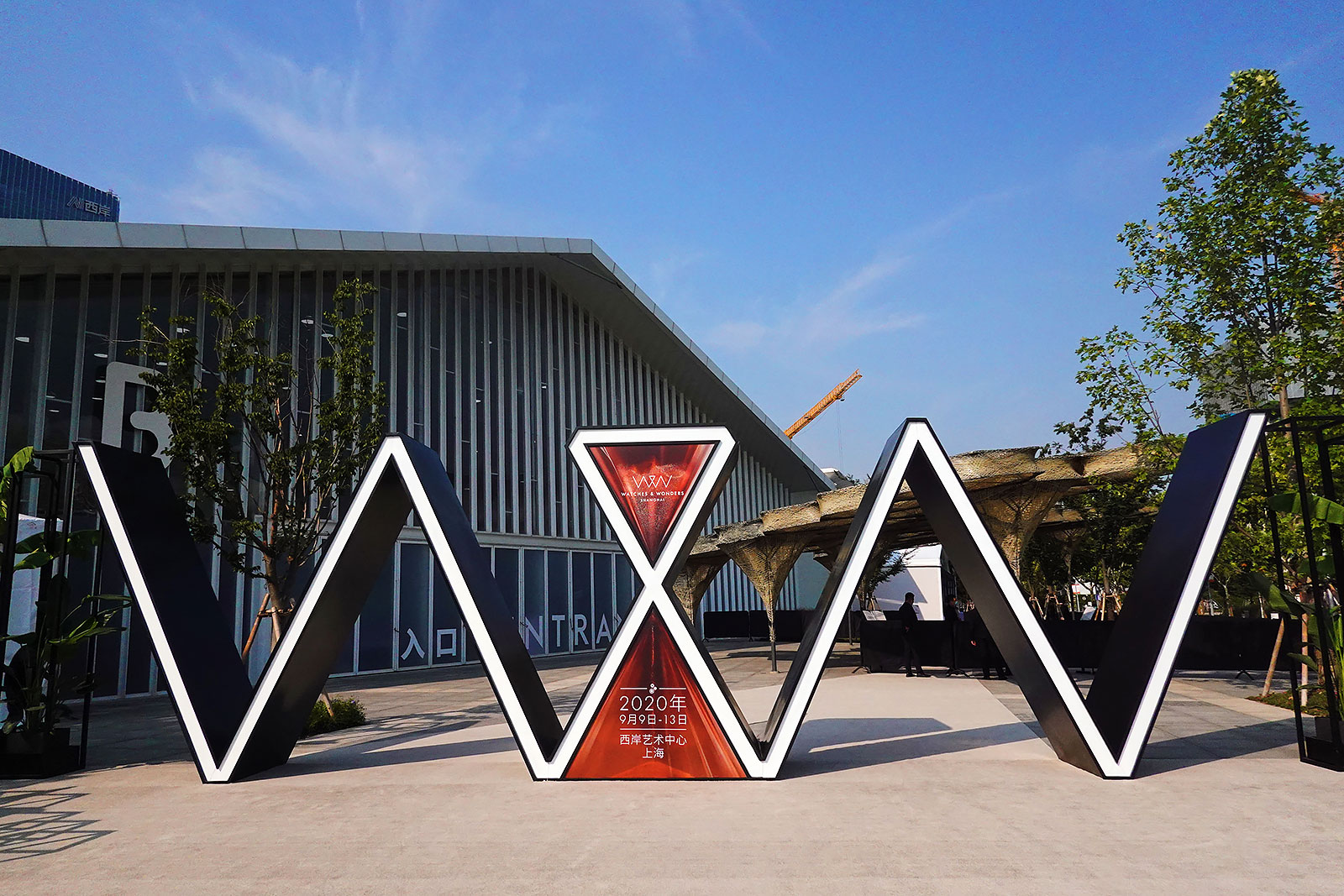
The second week of September saw one of the few large-scale watch fairs of the year take place by the Huangpu River in Shanghai. With the COVID-19 pandemic forcing the cancellation of the world’s two most important watch fairs, Baselworld and SIHH (as well as the permanent demise of Baselworld), Watches & Wonders Shanghai (W&W) was staged at the West Bund Art Center.
As a watch journalist, I used to fly to Switzerland twice a year for the fairs – SIHH in January followed by Baselworld around March – but this year the event came to my home city for the first time. Did W&W live up to expectations? How has the event changed as it crossed the world?
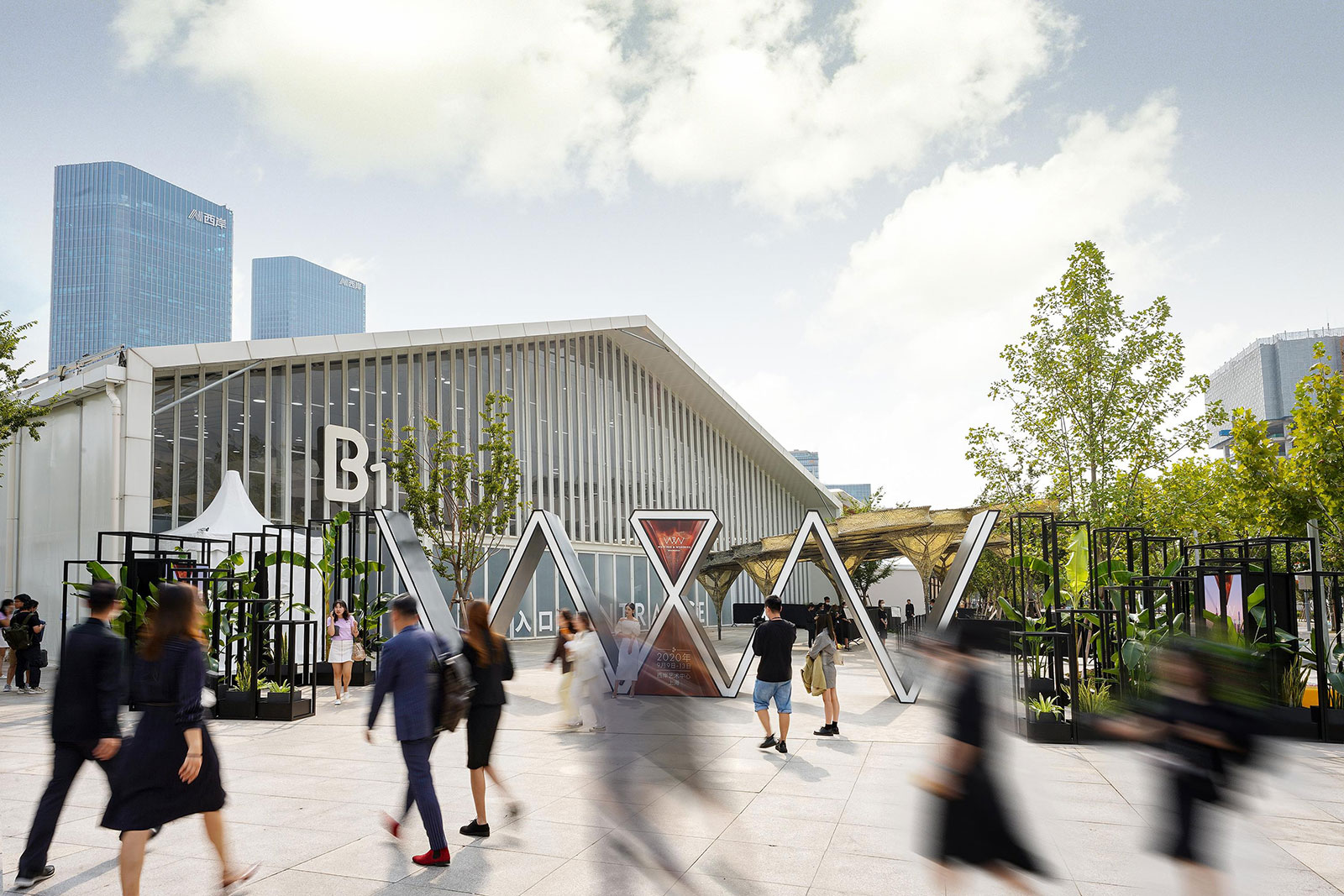
Green and good to go
The difference between W&W and the traditional Swiss fairs was apparent from the point of entry. Guests and journalists were no longer granted access with pass cards, the norm at the Swiss fairs since I can remember. Instead we received an invite email from the fair’s organiser Fondation de la Haute Horlogerie (FHH) prior to the event, requiring us to register online for a QR entry code.
Security staff at the fair’s entrance scanned every visitor’s QR code, as well as our Suishen Code, a digital pass issued by the city authorities. Both an identification and health pass, the Suishen Code has allowed the government to combat the pandemic with rigorous efficiency; every city or province in China has its own health code – the primary reason why a watch fair with hundreds of visitors can take place in Shanghai and not anywhere else in the world. No one was allowed to enter W&W without a green health code, indicating the owner can travel freely (on the other hand, red indicates the owner is under quarantine).
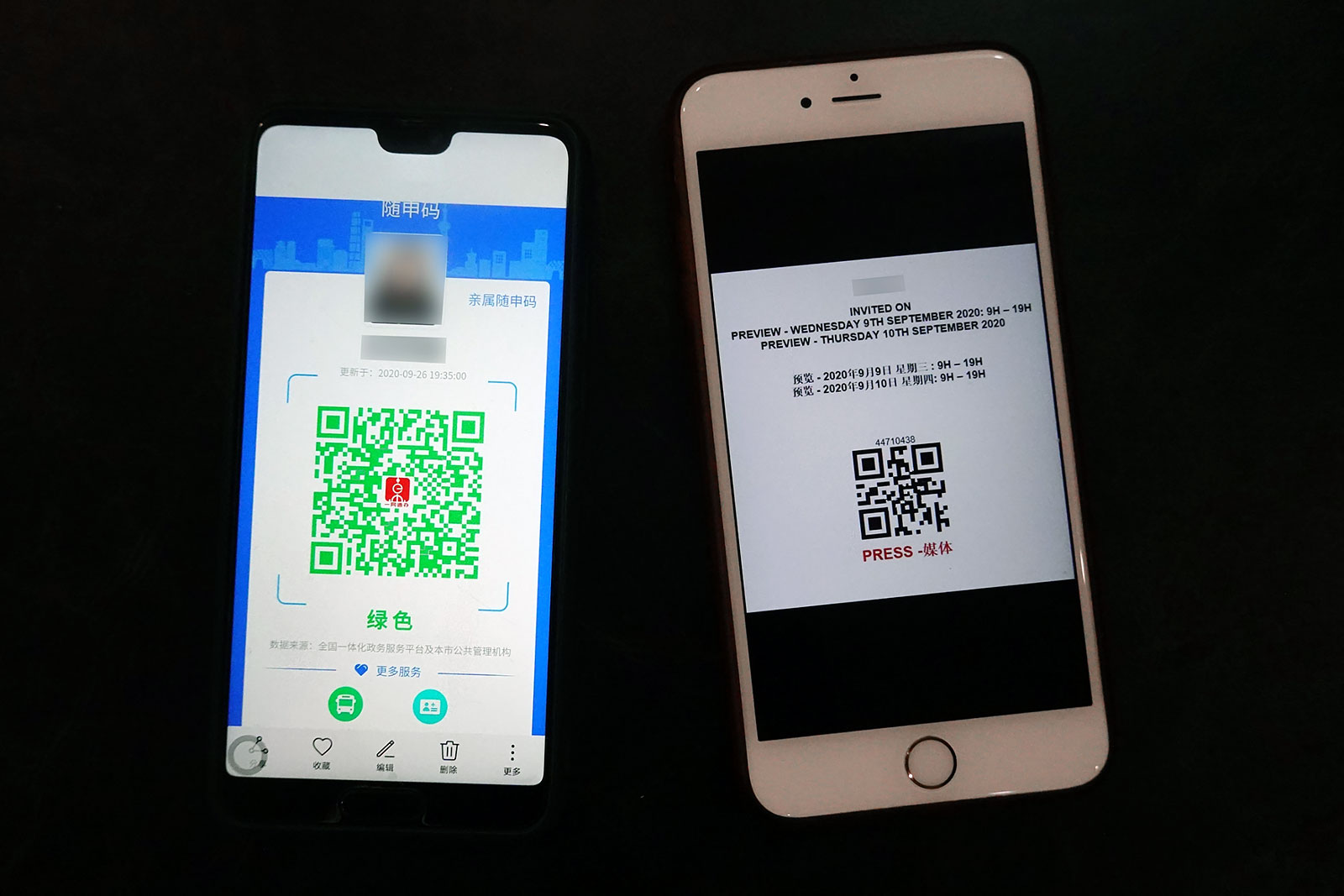
The green Suishen Code (left) and W&W entry code
Once in, visitors entered a largish pavilion that joined two exhibition halls containing a total of 11 watch brands, each with its own booth. With the exception of the independent watch brand Purnell – a maker of pricey tourbillons that none of the local visitors had encountered before – the rest of the exhibiting brands were owned by Richemont, although two prominent brands owned by the luxury group, Van Cleef & Arpels and Montblanc, were absent.

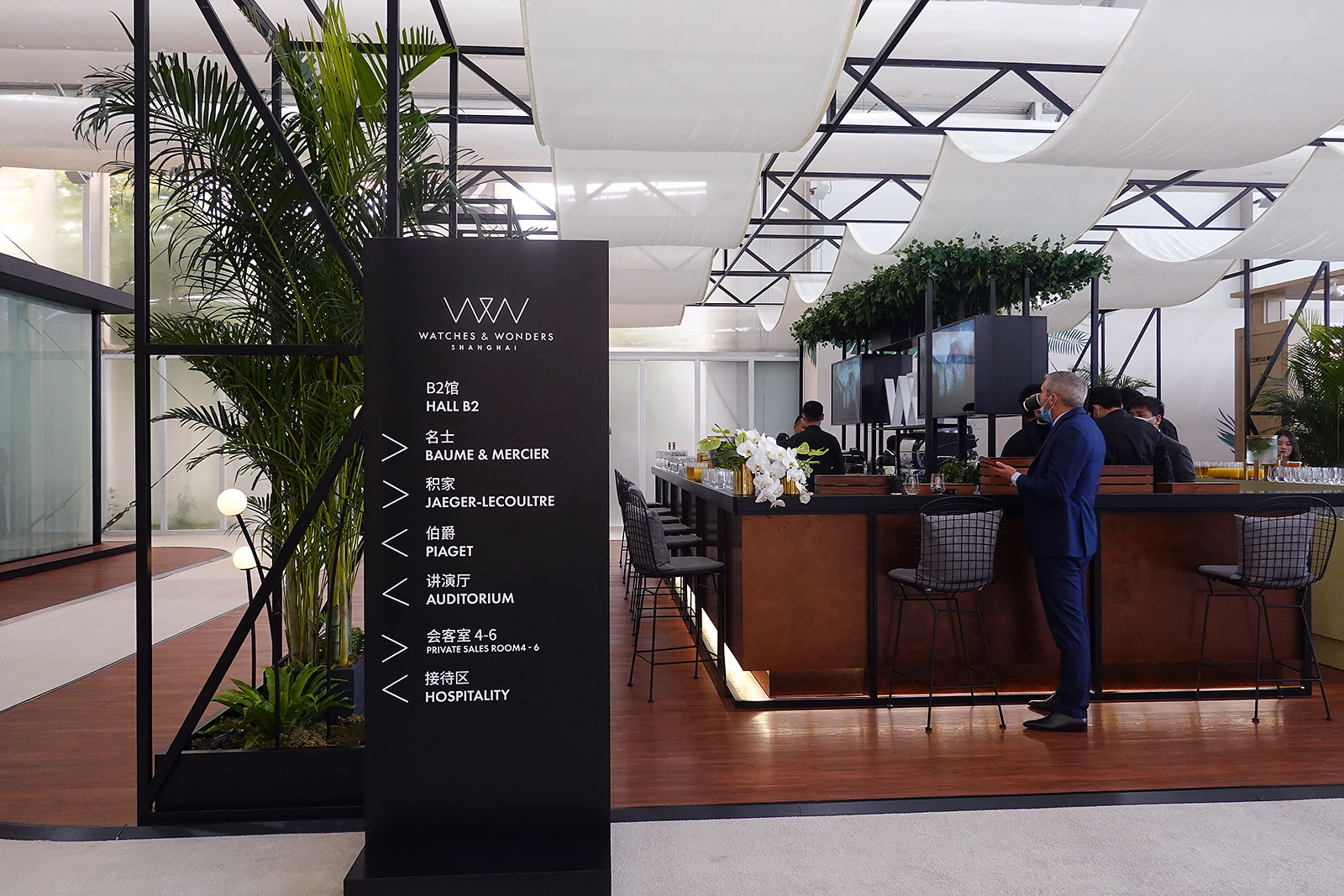
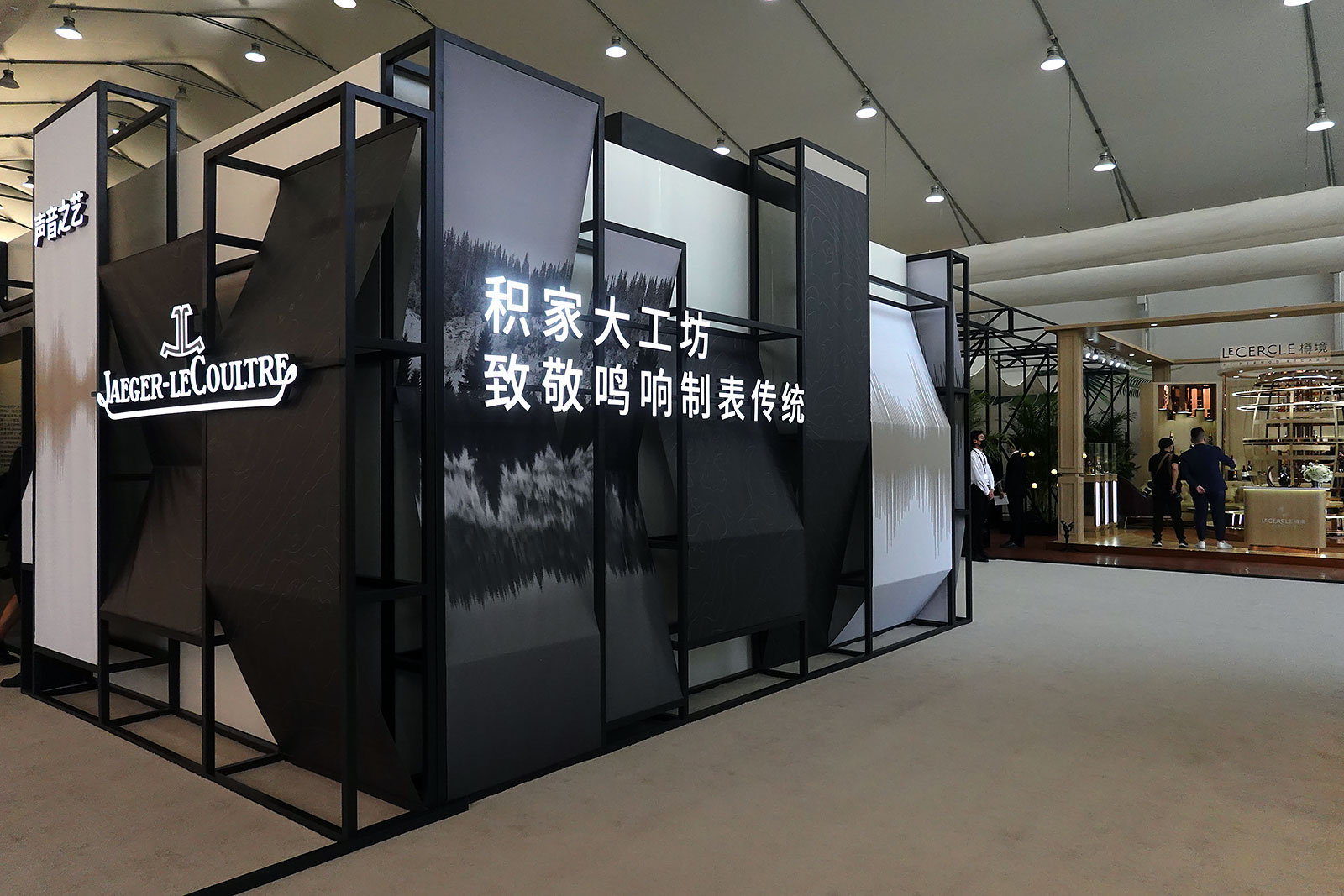
The Jaeger-LeCoultre booth with Le Cercle in the background
A notable booth had nothing to do with watches, but instead was Le Cercle, a “private club” set up by wine and spirits group Pernod Ricard. Traditionally promoting its high-end drinks via a members-only service with very little public marketing, Pernod Ricard showcased a selection of vintage spirits at its booth – which was fittingly located next to the W&W bar.
Unsurprisingly, Le Cercle was a visitor favourite, with both brand executives and members of the press often inside for refreshments and gossip, making it something of a lively, unofficial meeting room.
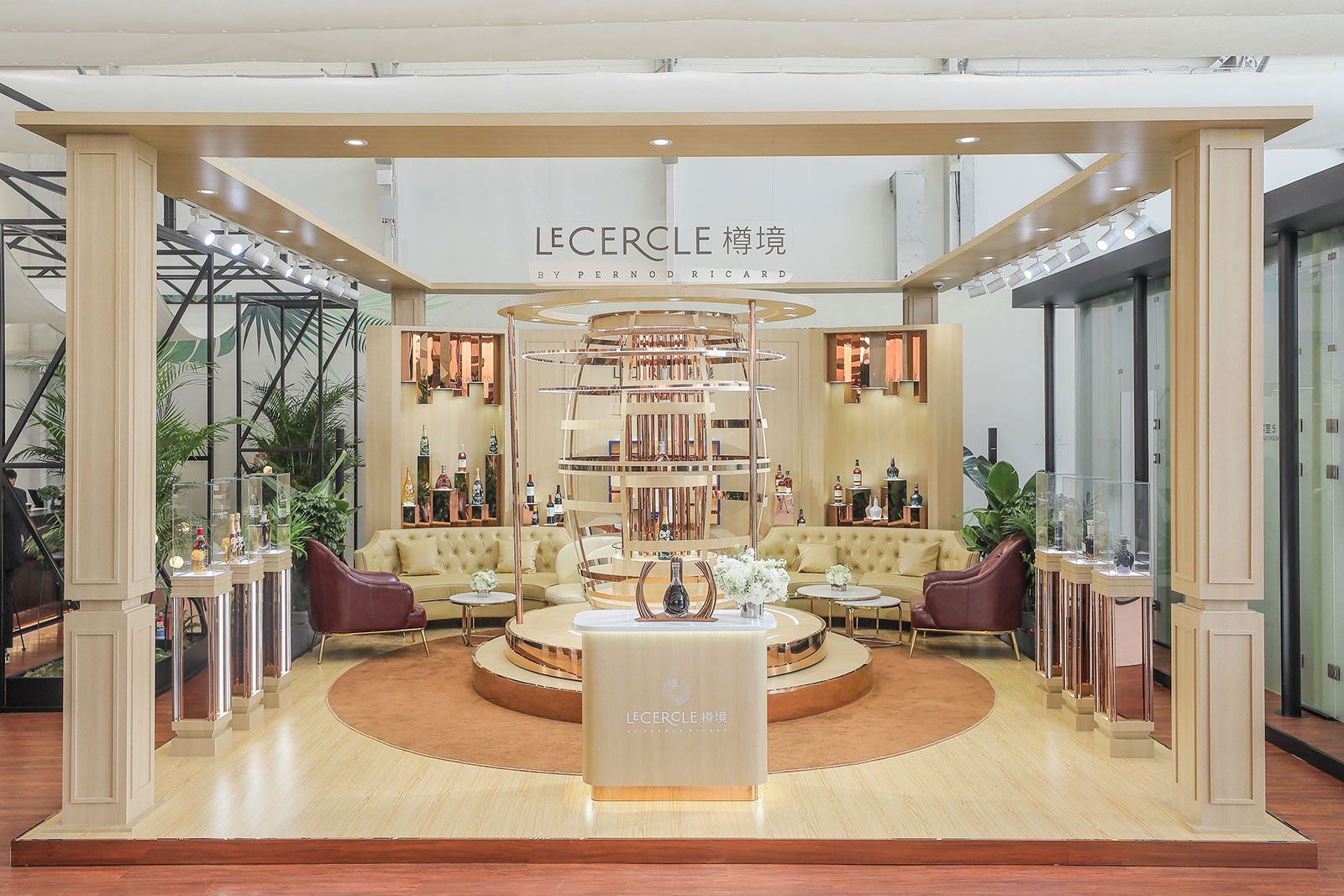
Le Cercle at W&W. Photo – Pernod Ricard
Even without lubrication from Le Cercle, the atmosphere at W&W was laid back. The pace was relaxed and as a matter of health and safety, the corridors weren’t packed. But it wasn’t a watch fair that got us journalists particularly excited, because we already knew about most of the new launches. Many had been unveiled before W&W, and we had even seen some in the metal prior to the event. That was because W&W was a last-minute decision by FHH, leaving watch brands little time to react and adjust their product launch plans.
However, there were still some new watches were successful in capturing our attention. A Lange & Söhne introduced three brand-new limited editions – the 1815 Thin, 1815 Rattrapante, and Tourbograph Perpetual – all in Honeygold and forming the Homage to F. A. Lange 175th Anniversary collection. The two complicated watches of the 175th anniversary line up were widely talked about by visitors to W&W, no doubt due to the impeccable craftsmanship that is typical of Lange.
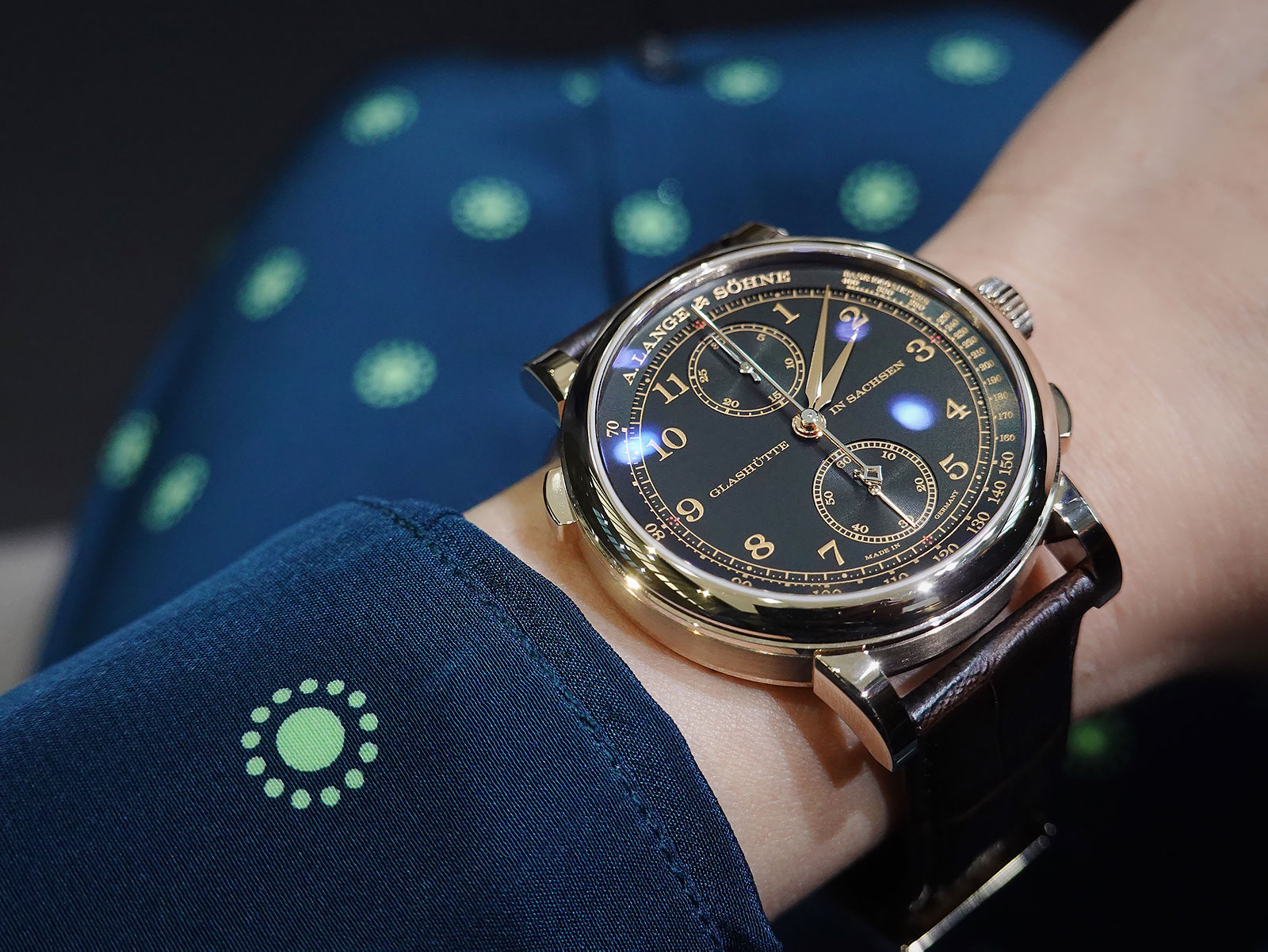
The 1815 Rattrapante Honeygold “Homage to F.A. Lange”
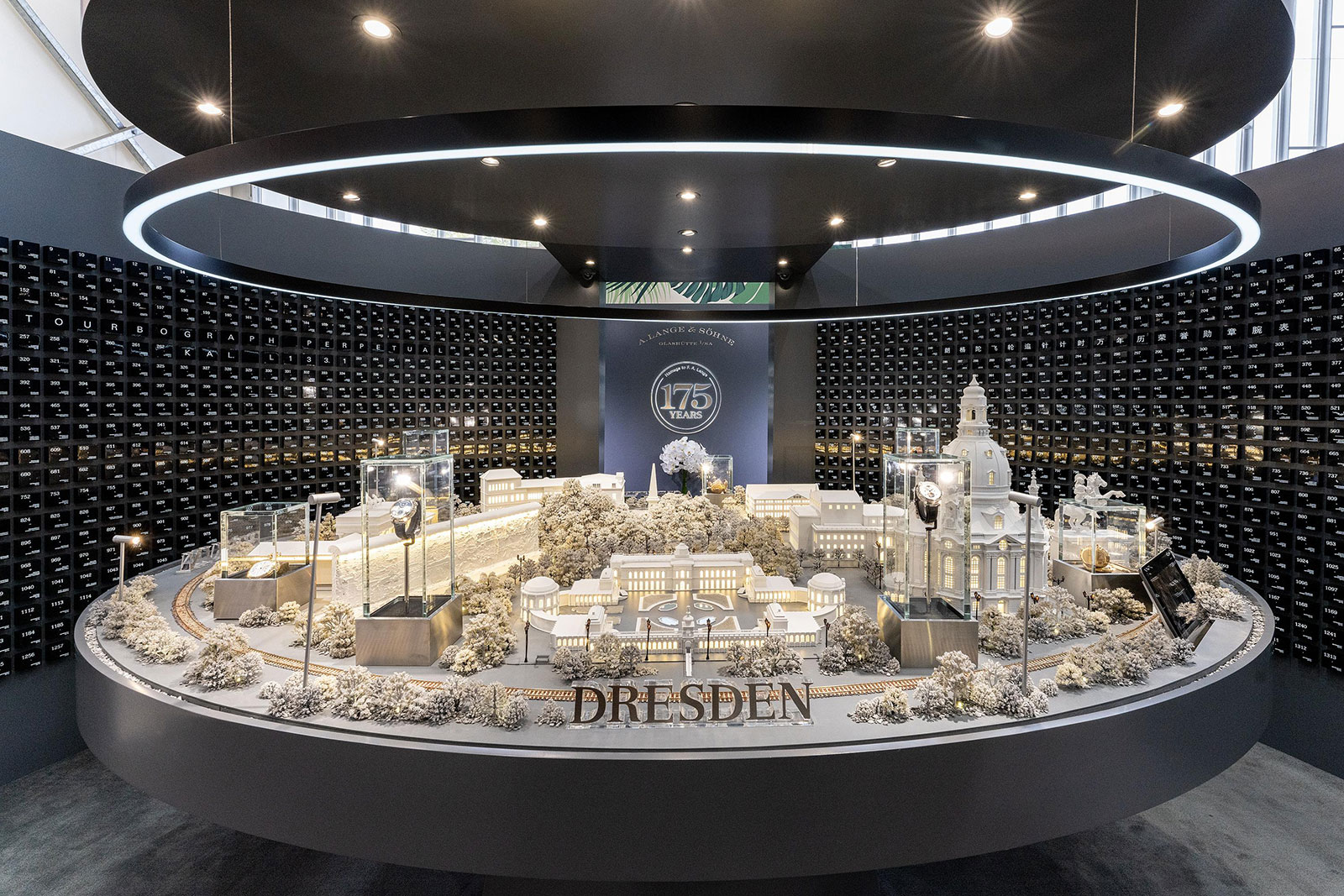
Scale models of notable buildings in Dresden at the Lange booth. Photo – FHH
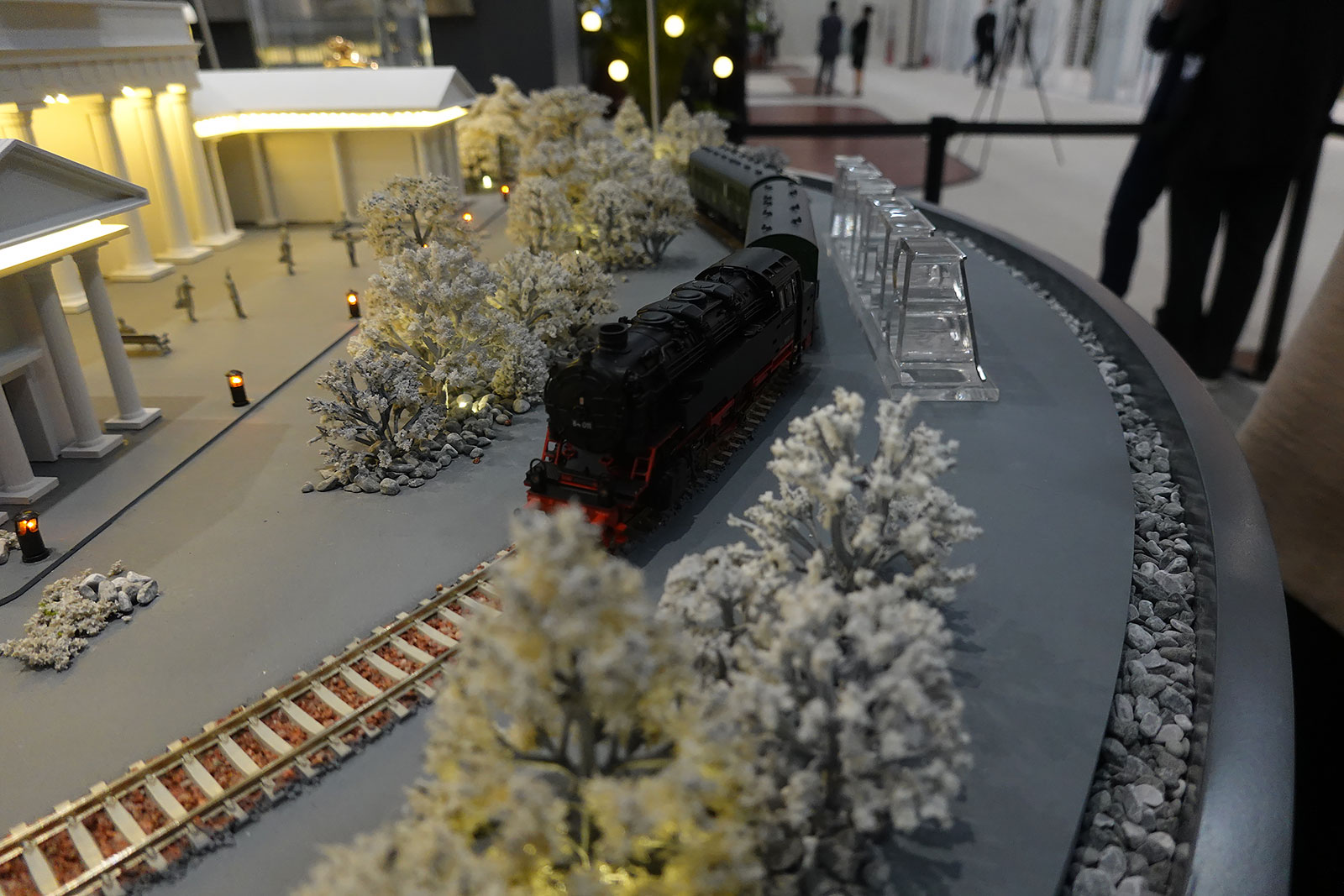
The display at the Lange booth
Vacheron Constantin, on the other hand, presented with the Overseas Self-Winding in pink gold with a blue dial, a watch that suits current tastes perfectly. The Overseas has become most popular Vacheron Constantin model amongst Chinese clients, a result current popular of the luxury-sports watch. Earlier in the year, the brand had launched the more complicated and much more expensive Overseas Ultra-Thin Perpetual Calendar Skeleton, but the simpler pink gold model unveiled at W&W will definitely be far more sought after, especially amongst younger consumers.
Despite having been launched online before the fair, the Master Control Memovox and Memovox Timer from Jaeger-LeCoultre had their charm. Also notable was the Baume & Mercier Hampton for ladies (ref. 10472), a quartz watch with a battery that’ll last seven years (thanks to a movement that is also used by Cartier). Since its launch in April, the Hampton has been perennially been out of stock in stores here, and many visitors made use of the opportunity to try it on at W&W.
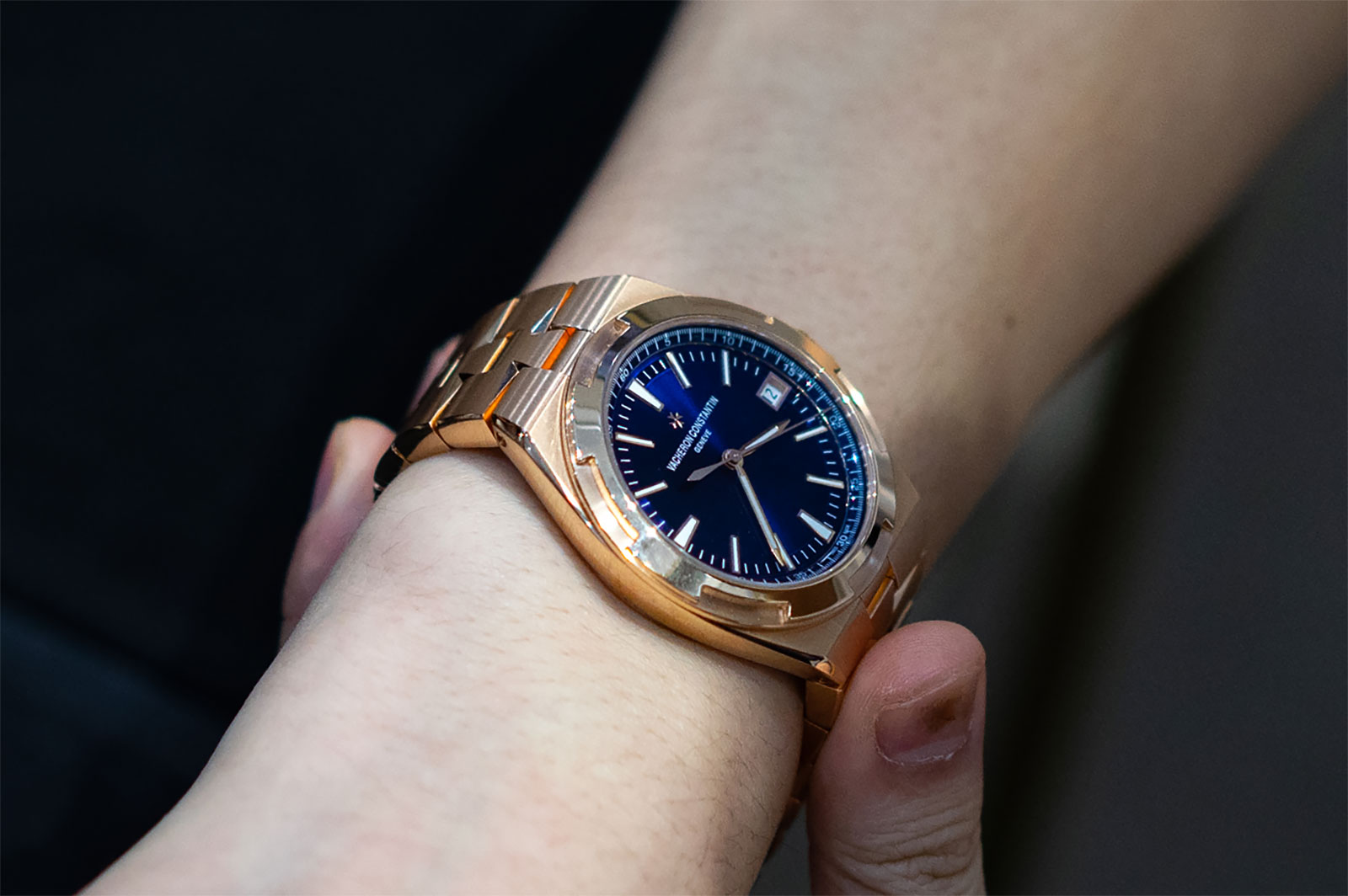
The Overseas in pink gold
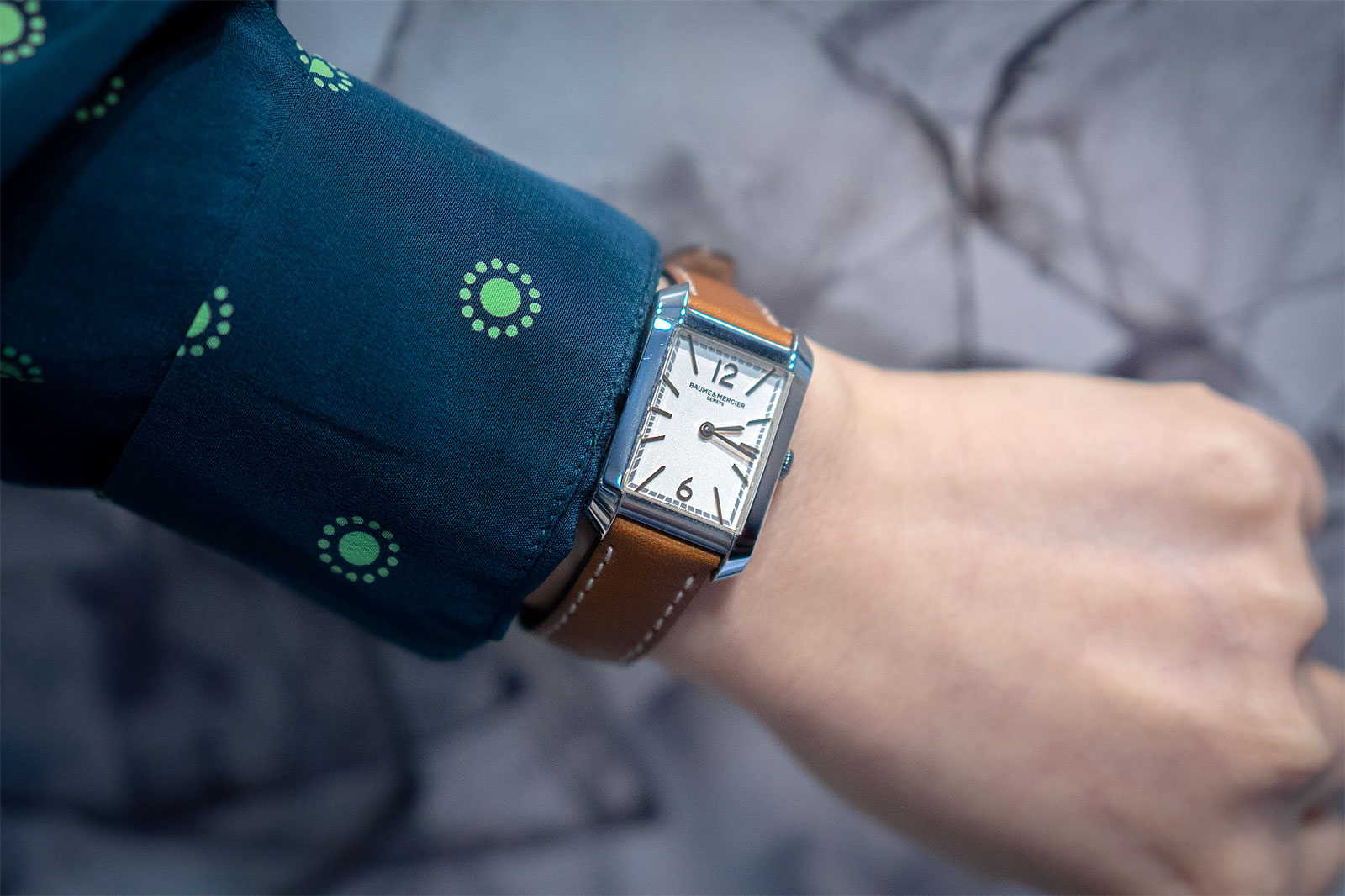
The seven-year Hampton
A success
The first two of the five-day exhibition were media days. Journalists gathered in the press room for brand presentations in the morning – for many of us the information presented was not new – and then visited the booths in the afternoon, leaving us little time to examine the timepieces. As a result, many exhibiting brands, including Vacheron Constantin, Jaeger-LeCoultre, and Baume Mercier, invited members of the press to their respective boutiques or hotel suites for a closer look at the new watches, in the days before or after W&W.
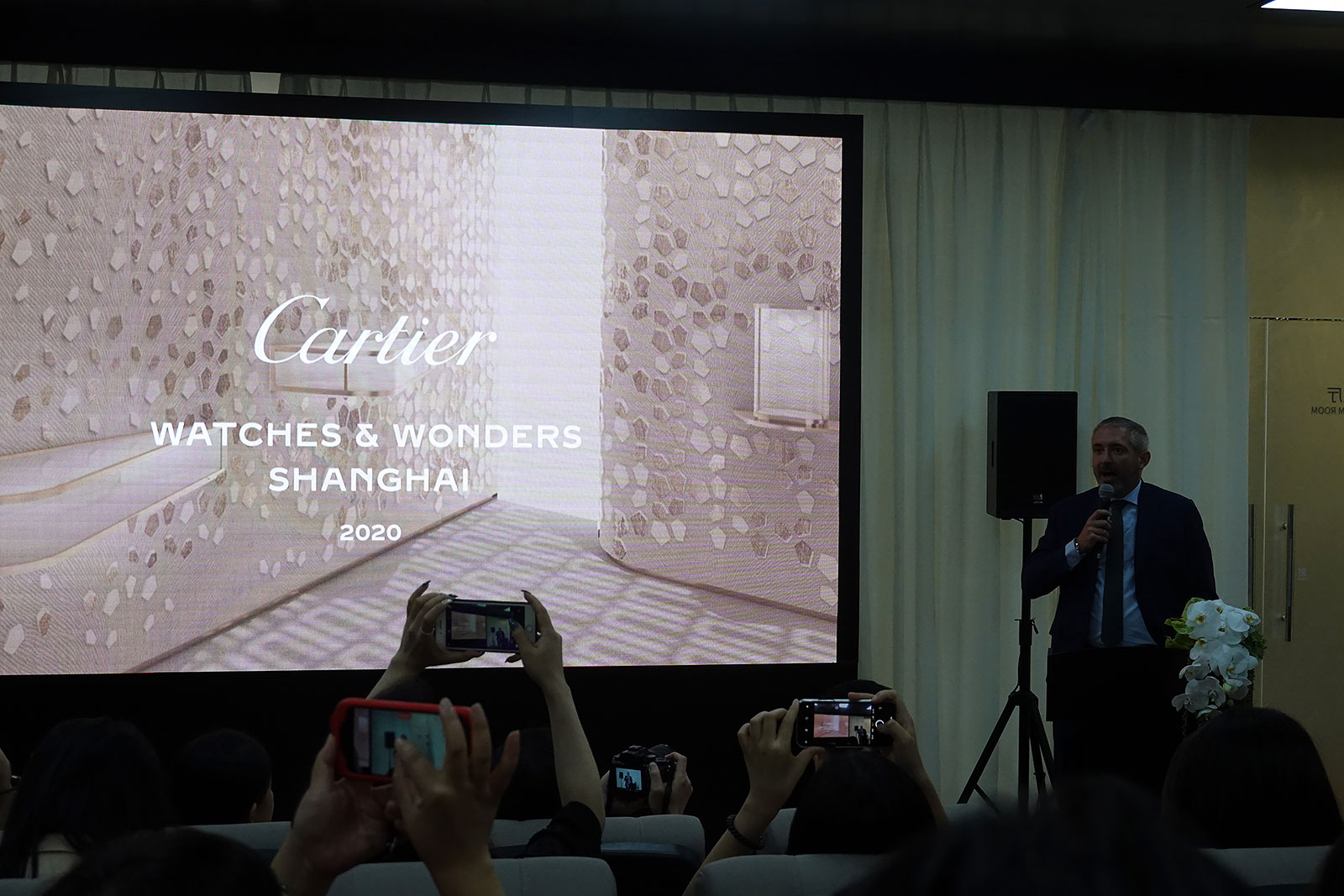
At the same time, journalists didn’t get much time with the watches because of a more important demographic: clients could visit the fair starting on the first day, and they usually got majority of the time with the watches.
That illustrates a fundamental difference between W&W and fairs in Switzerland, which were always meant for members of the trade, namely media and retailers. At W&W, journalists were invited for publicity, and retailers were also invited so that they could place orders for new products – the norm for a trade fair.
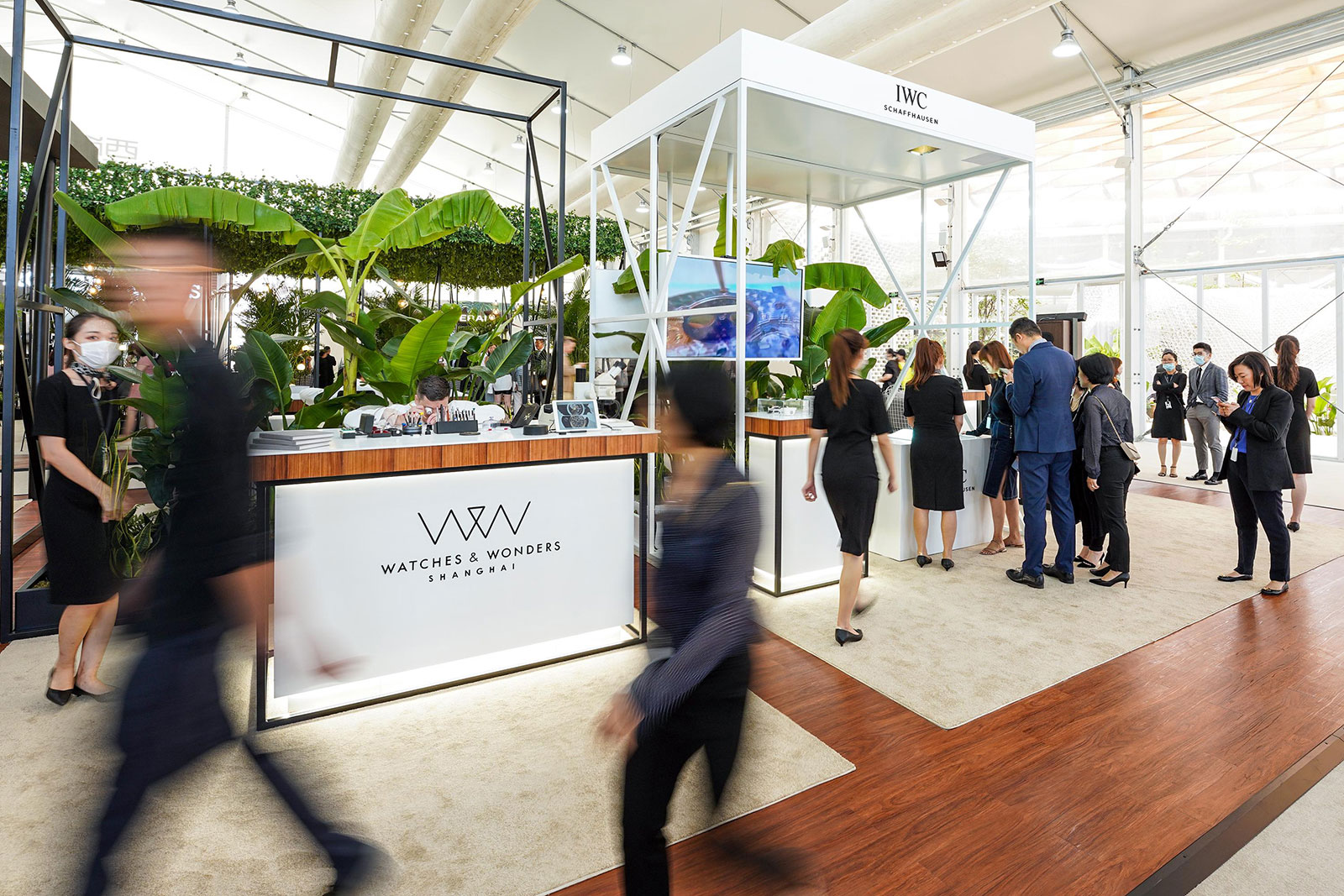
Photo – FHH
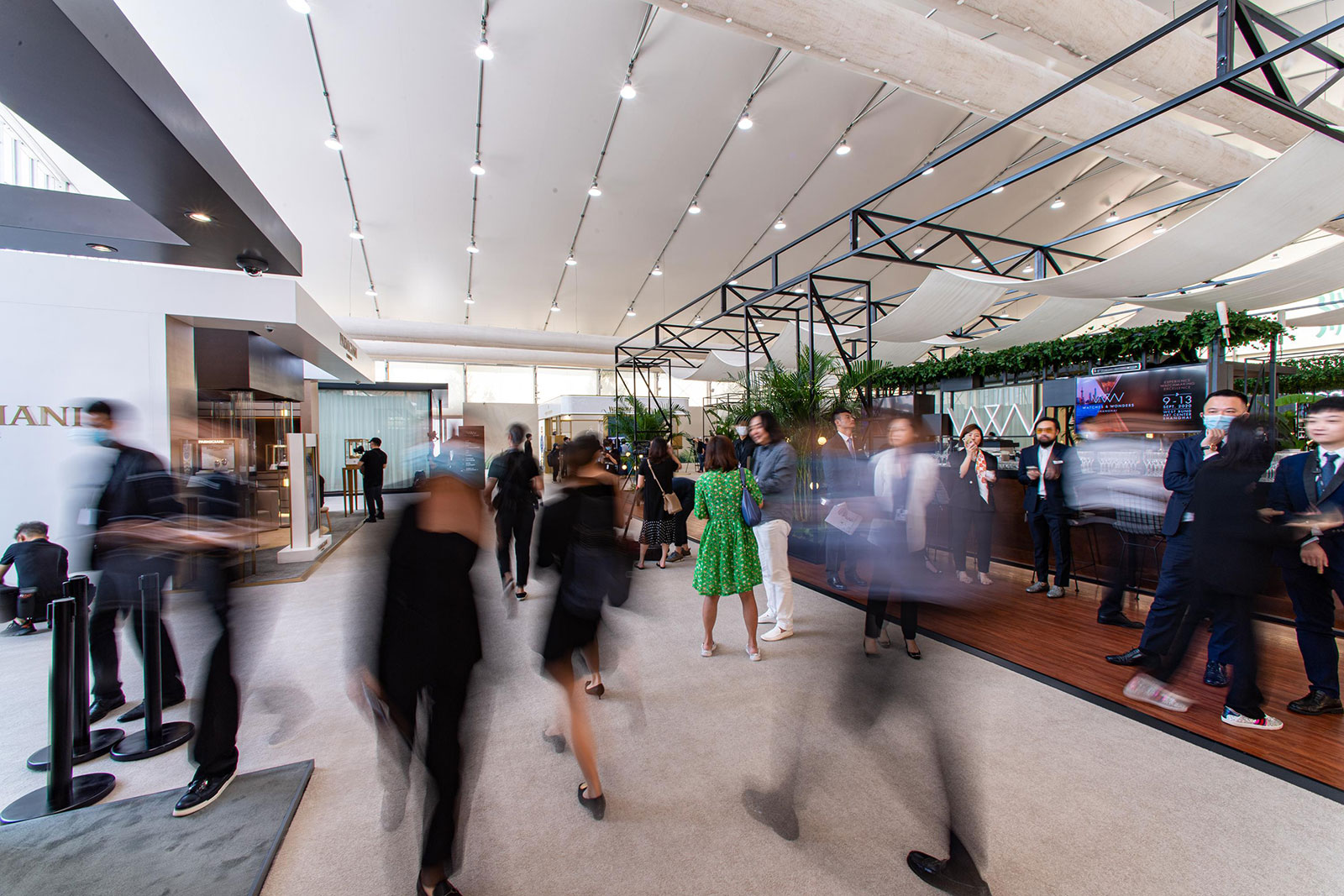
Photo – FHH
But unlike a traditional trade fair, most of the watches on show at W&W were available to buy on the spot, something that was not possible at fairs in the past. In fact, W&W was catered specifically for clients. It was not open to public, and all guests were invited by the exhibiting brands.
So it was unsurprising that the Limelight Gala Precious Sapphire Gradient was the highlight of Piaget’s booth on the first day, but on the second day it had disappeared. Showcases got progressively more empty as the days passed.
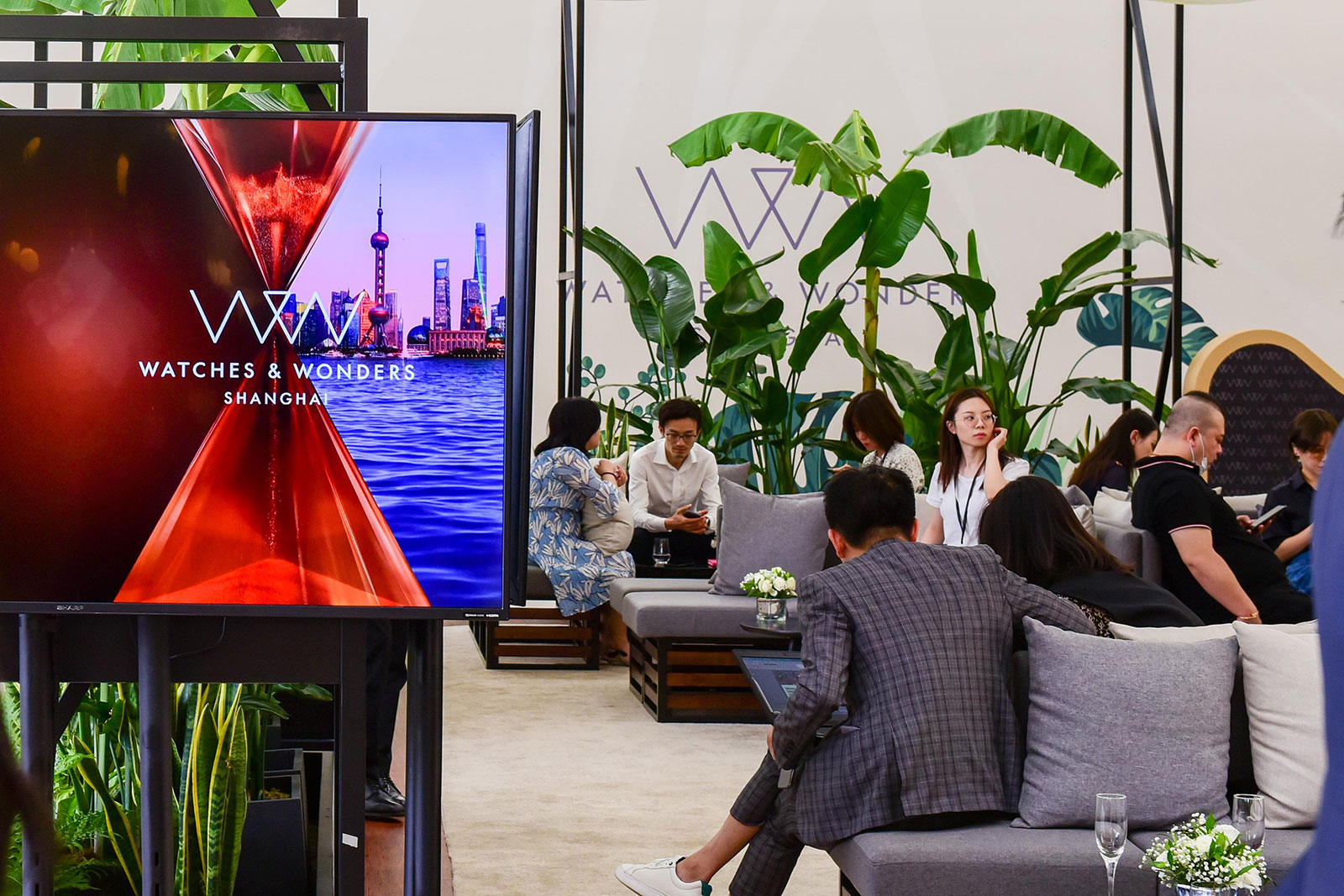
Photo – FHH
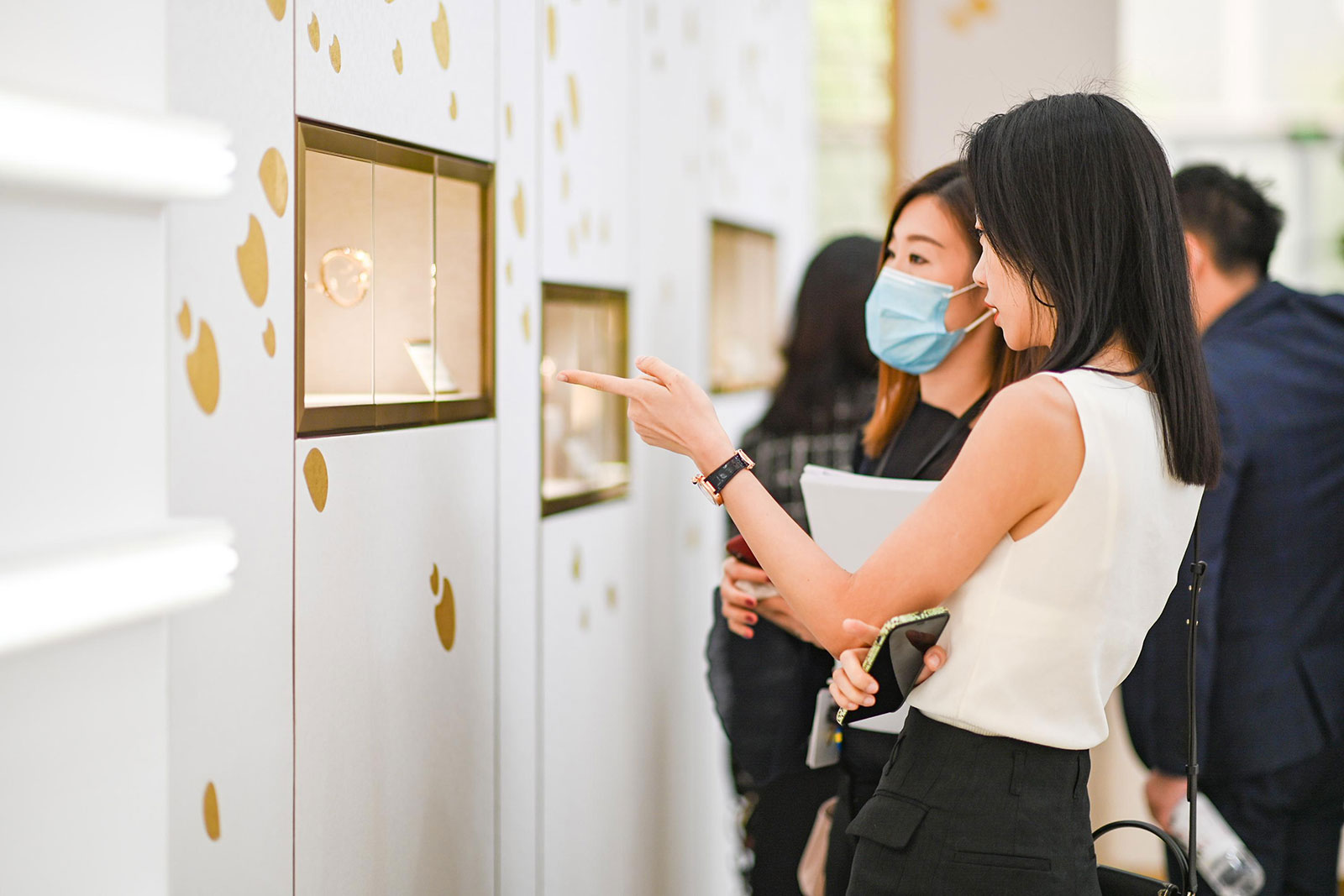
Photo – FHH
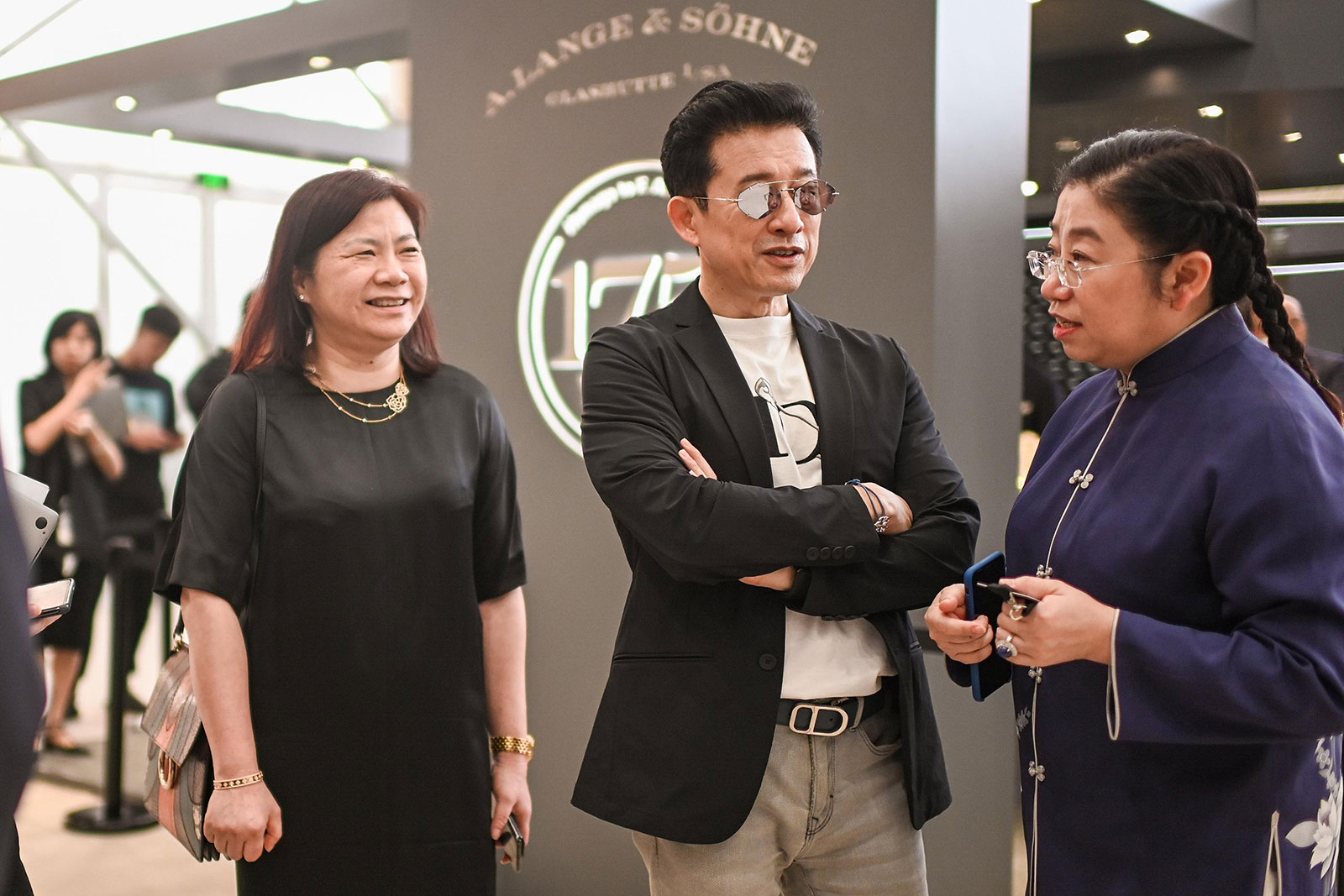
Photo – FHH
But even though the event was catered to clients, it still lacked the amenities of traditional, large-scale fairs, perhaps because it was organised in a hurry. Booths felt downsized and simplified, as the main pavilion. Most brands didn’t have their own lounges or private rooms for clients, and instead booked suites in nearby hotels for discreet presentations of the new watches to the most important clients.
In any case, the event worked out very well, with the investment in W&W paying off for the brands. According to insiders the first two days of the fair saw A. Lange & Söhne achieved RMB10 million (about US$1.47 million) of sales per day, while Vacheron Constantin was sold out of its entire Égérie collection. And Baume & Mercier received even more orders from retailers, who had already ordered new stock earlier in the year.
And there was the fact that W&W Shanghai was taking place in a major city that’s home to many watch enthusiasts. On the fourth day of the exhibition, I took 10 watch collectors on a tour of W&W, something I have never done despite having been in the industry for many years.
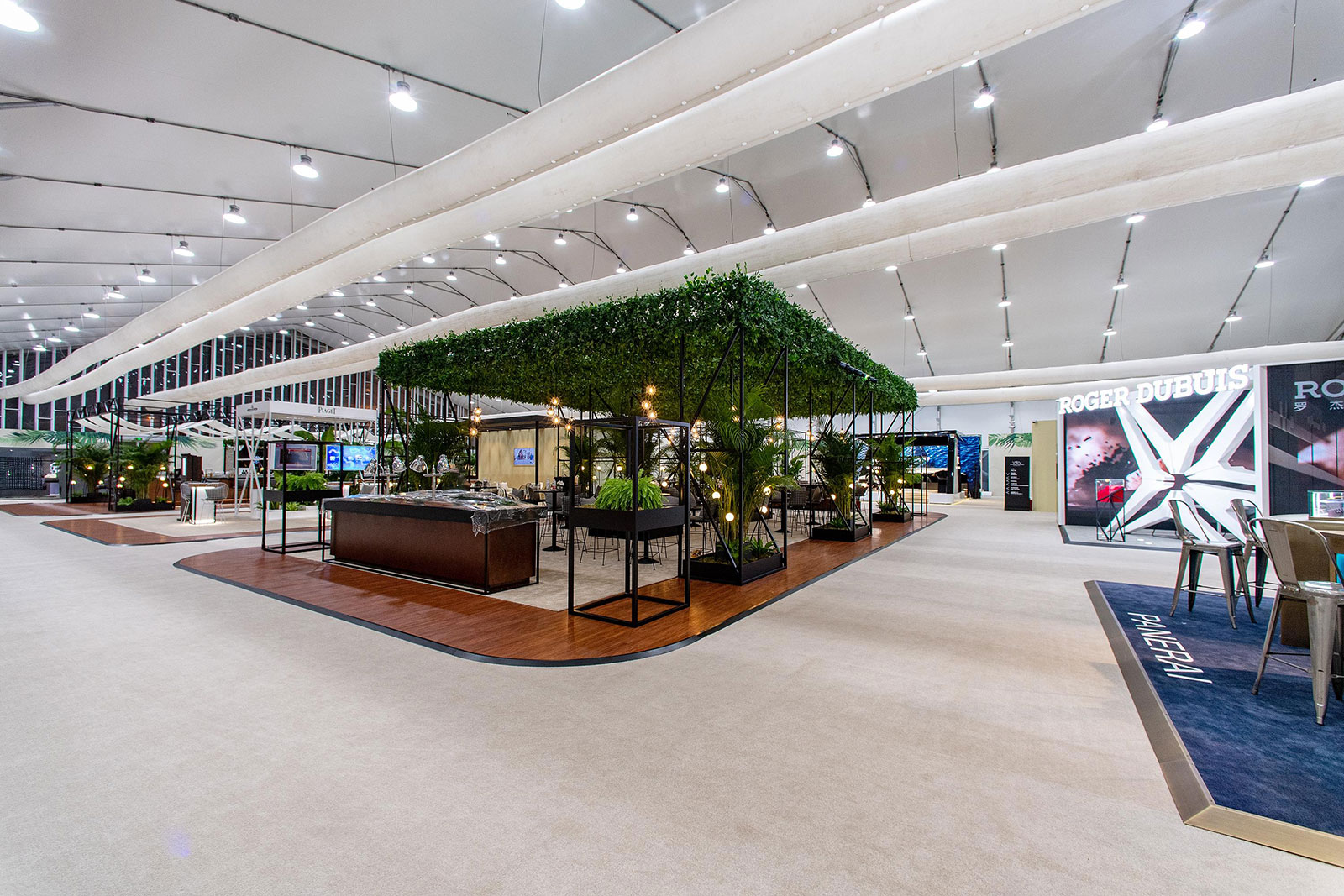
Photo – FHH
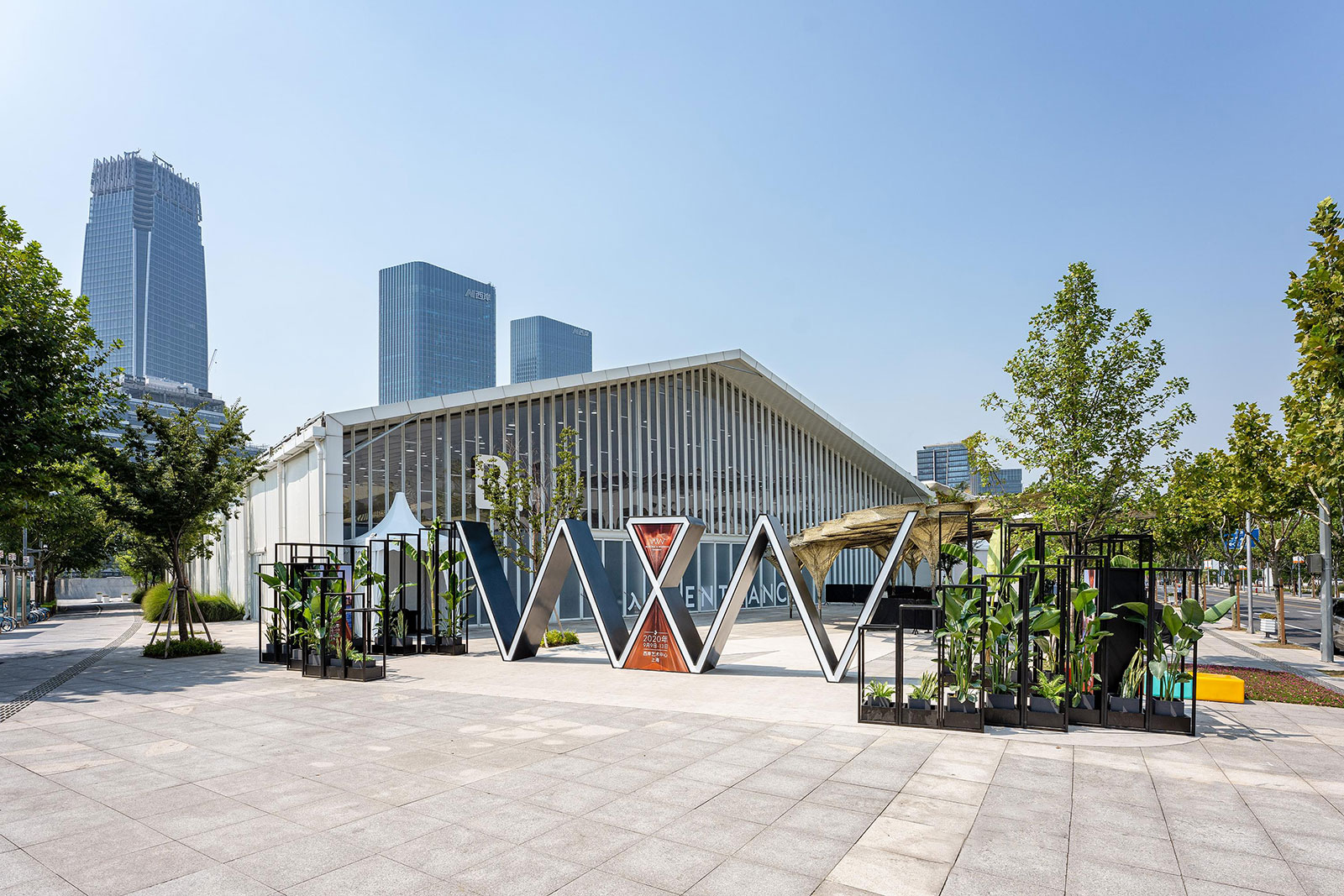
Photo – FHH
The success of W&W Shanghai lies in the fact that it is going to be repeated: on September 29, W&W will open in Sanya, the city on Hainan island that is now the centre for duty-free shopping in mainland China. But unlike the Shanghai event, W&W Sanya will be open to the public. It will run for a month inside the massive CDF Mall, the world’s largest duty-free shopping centre.
With China’s emergence as the saviour of the watch industry – it’s now the world’s biggest importer of Swiss watches and the only market to show growth for 2020 – a major watch exhibition is more than appropriate. But although W&W Shanghai performed well in terms of return on investment for the brands, there remains a lot to be improved.
A watch collector who has travelled to Switzerland every year for Baselworld and SIHH for much of the last two decades couldn’t help but complain, “不是拉个棚,就可以办表展的”, or “You can’t just put a roof over your head and call it a watch fair”. He was referring to the fact that W&W Shanghai should have retained the same standards as W&W in Hong Kong, which last took place in 2015. Attention to detail is, after all, a fundamental quality of the luxury-goods industry.
Back to top.

